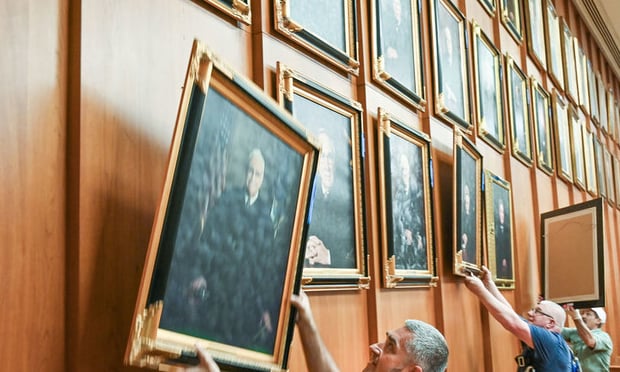 "Our biggest competition is mainly dumpsters. Either there are misconceptions about electronics and water or soot, or they just don't know what can be done," says Bryan Cash, part-owner of ERS of Suncoast Florida. (Credit: David Handschuh)
"Our biggest competition is mainly dumpsters. Either there are misconceptions about electronics and water or soot, or they just don't know what can be done," says Bryan Cash, part-owner of ERS of Suncoast Florida. (Credit: David Handschuh)
Whether it is a fire, flood or another event that caused property damage, artwork is often overlooked or an afterthought, according to Tim Swett, president and owner of Art Recovery Technologies (ART) of Tampa and Orlando in Florida, who says the biggest challenge facing art restoration services is a lack of awareness.
Recommended For You
Want to continue reading?
Become a Free PropertyCasualty360 Digital Reader
Your access to unlimited PropertyCasualty360 content isn’t changing.
Once you are an ALM digital member, you’ll receive:
- Breaking insurance news and analysis, on-site and via our newsletters and custom alerts
- Weekly Insurance Speak podcast featuring exclusive interviews with industry leaders
- Educational webcasts, white papers, and ebooks from industry thought leaders
- Critical converage of the employee benefits and financial advisory markets on our other ALM sites, BenefitsPRO and ThinkAdvisor
Already have an account? Sign In Now
© 2025 ALM Global, LLC, All Rights Reserved. Request academic re-use from www.copyright.com. All other uses, submit a request to [email protected]. For more information visit Asset & Logo Licensing.








